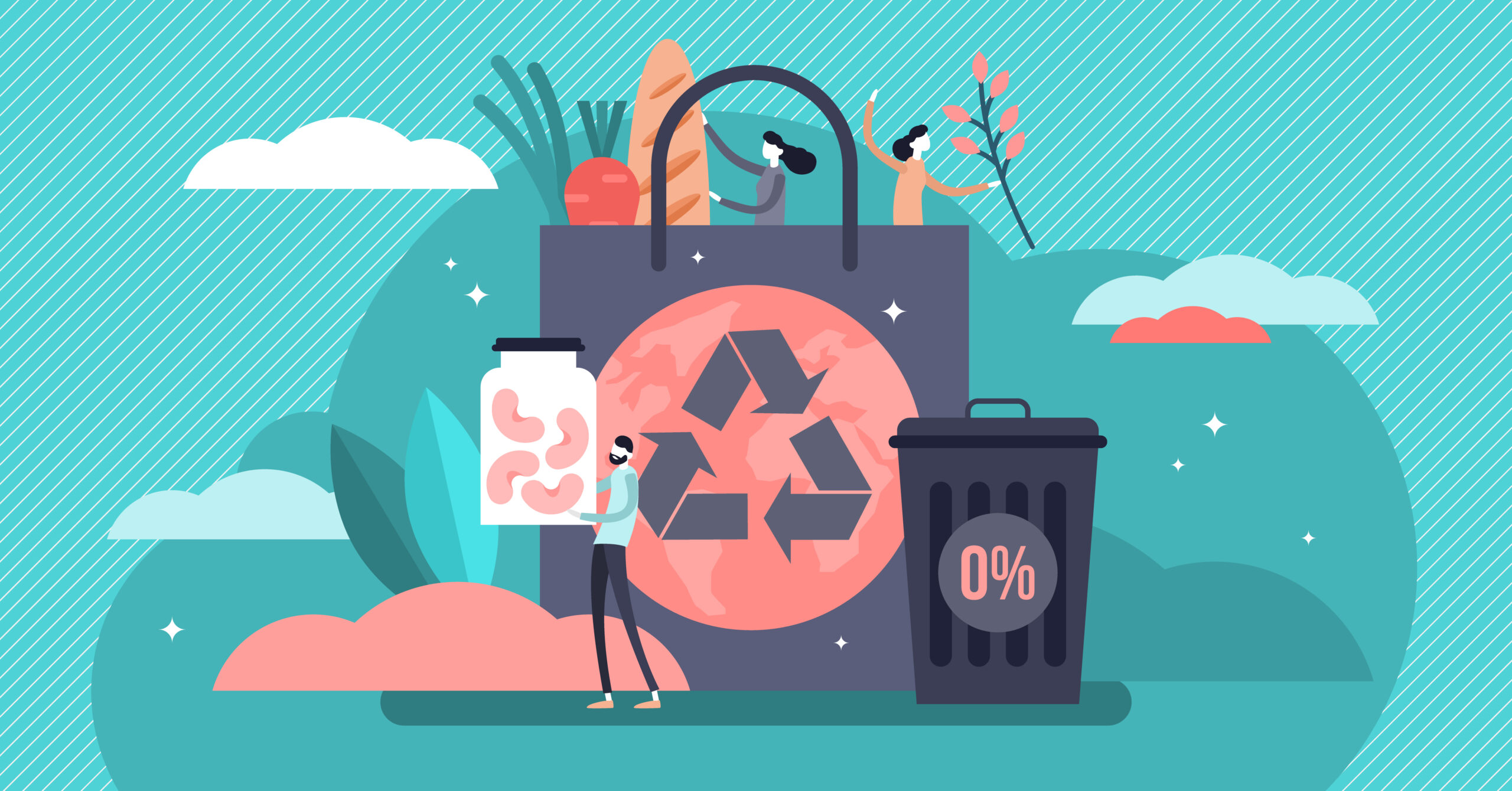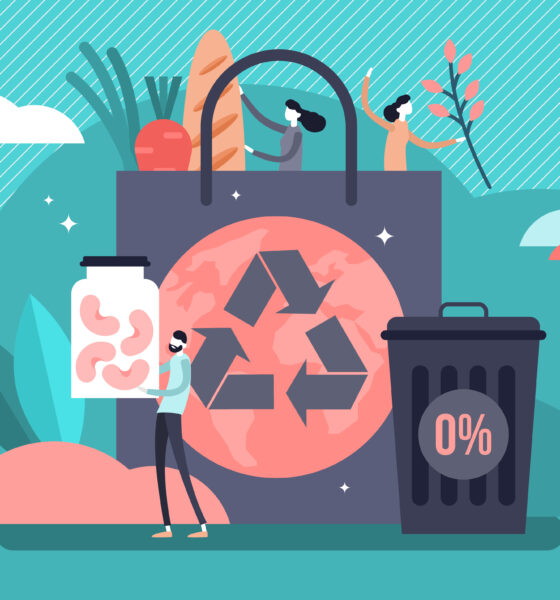In 2022, one topic that is on everyone’s lips is sustainability. Of course, this is for very good reason. It has long been established that our current way of living isn’t sustainable – and significant problems are around the corner if we do not act.
For the purposes of today, we’re going to look at an area that perhaps doesn’t get the attention that it should. While cars, construction and other hard-hitting industries often grab the headlines, shopping is one area where the Average Joe can do their bit and make the world a little bit greener.
Here are some tips to help you along your way.
Do you need the item in question?
This might sound like an obvious question, but it’s worth taking a step back and thinking about whether you actually need the item you’re about to purchase.
It’s easy to get swept up in the moment and buy things on a whim, but if you can resist the temptation, then you’re already one step closer to sustainable shopping.
Does this mean you should put the brakes on each shopping trip you’re about to take? Of course not. It’s more about those “in the moment” decisions, whereby you’re in a store and about to buy an item that wasn’t initially planned. There’s nothing wrong with being spontaneous but ask yourself the true longevity of the item you’re considering.
Consider the environmental impact
Once you’ve decided that you need something, it’s essential to think about the environmental impact of the product in question.
Some items – such as clothes – can have a terrible eco-footprint, thanks to the often-harmful chemicals used in the production process.
So, before you buy, try to find out as much as you can about the item in question. Is there a more sustainable option available?
A good way to start with this is to consider the shop where the product is stocked. For example, Covent Garden has a large selection of shops that pride themselves on sustainability. If you can do this sort of research ahead of your shopping trip, you can make better, greener decisions.
The local-factor
Another thing to think about is the “local factor”. In other words, how close was the product made to where you are? This is becoming an increasingly important issue, as people become more and more aware of the importance of supporting local businesses.
Not only does this help to create a sense of community, but it also cuts down on the environmental impact of shipping products from far-flung corners of the globe.
Bring your own bag
Let’s conclude with the easiest suggestion of them all. BYOB (bring your own bag).
This one might seem like a no-brainer, but the amount of plastic bags that are used and discarded each year is staggering. Supermarkets have done their bit over recent times, but plenty more can be done.
If you can, try to bring a reusable bag with you whenever you go shopping. It might take a bit of getting used to, but it’s a small change that can make a big difference.






















